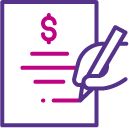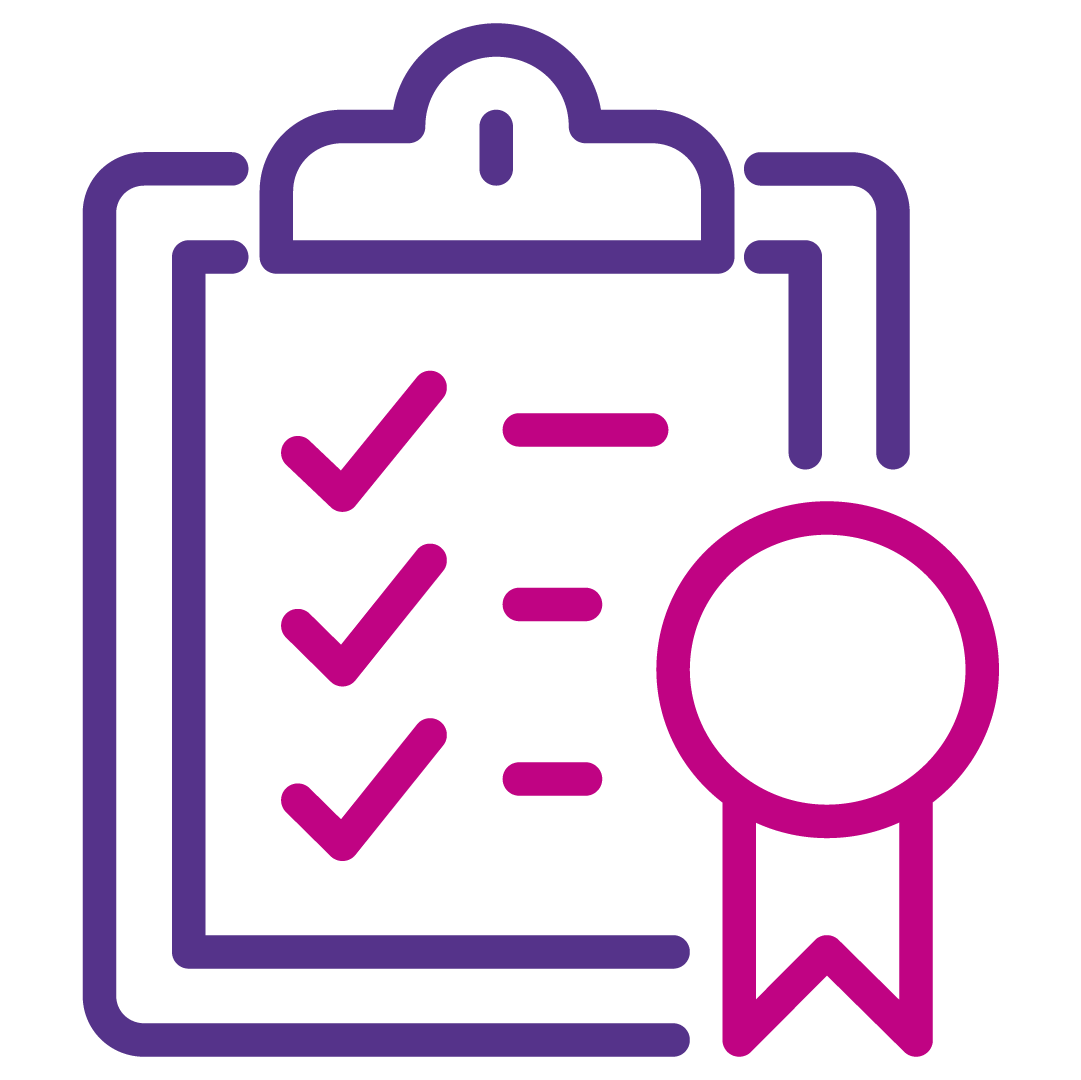The True Cost of SDR Teams (And What Leaders Overlook)
Estimated reading time: 4 minutes
For decades, building an in-house sales development team was the default option. Hire a handful of Sales Development Representatives (SDRs), give them a playbook, and let them generate pipeline for your Account Executives.
Simple, right?
Not anymore.
In 2025, the realities of talent costs, buyer expectations, and operational complexity mean that building a sales team looks very different than it did even five years ago. And while many organisations are still defaulting to “let’s just hire SDRs,” the hidden costs of that decision are adding up fast.
This isn’t about saying one route is right and another is wrong. It’s about recognising that the rules of sales development have changed – and leaders need new insight to make high-confidence choices.
Sales teams are under pressure like never before
Let’s set the scene. If you’re a CMO, CCO, or Head of Sales, you’re facing a very different world than the one you were operating in pre-2020.

Budgets are tighter but board expectations for revenue growth haven’t softened.
Ramp times are getting longer, stretching from three to six months before SDRs hit productivity.

Attrition is high, with many SDRs leaving inside 18 months — often just as they’re becoming effective.
Buyer journeys are more complex, requiring multi-channel engagement, high-value content, and persistence.
Leadership capacity is stretched, with senior teams spending time coaching juniors instead of driving strategy.
These pressures don’t just add friction – they create risk. Every delay in building a team is time competitors are spending live in-market, engaging the prospects you want to win.
We’ve written before about the business case for SDRs in 2025 and how organisations are rethinking their sales development functions. But when you put all the current challenges together, the question isn’t just “how do we build a team?” It’s “what is the true cost of building one?”
The cost question: what most leaders miss
When leaders think about SDR costs, salary is usually where the conversation stops. But that’s only one slice of the pie.
Here’s what doesn’t always get factored in:
Recruitment fees and the time it takes to find the right talent

The tech stack needed to power effective outreach (CRM, data tools, diallers, analytics)
Management oversight from senior leaders who are pulled away from strategic priorities

The pipeline you miss during those long months of ramp time
The cultural cost of churn, when SDRs leave just as they hit stride
Put together, these elements can double or even triple what you thought you were spending on your SDR team.
And the kicker? These costs often stay invisible until they hit performance.
At a glance: the real cost of an SDR (UK, 2025)
| Category | Annual Cost Per SDR |
|---|---|
| Base salary | £33,000 |
| Variable compensation | £10,000 |
| National Insurance & pension | £7,740 |
| Recruitment fees | £6,600 |
| Tech stack (CRM, data, diallers, analytics) | £5,500 |
| Training & onboarding | £6,000 |
| Equipment (laptop + mobile) | £1,700 |
| Office space | £3,700 |
| Admin overheads | £1,500 |
| Management oversight | £20,000 |
| Turnover cost | £10,890 |
| Total | £106k+ per SDR, per year |
Figures based on UK benchmarks, third-party research, and durhamlane insight. For the full breakdown and hidden cost analysis, see our report: The True Cost of Building an SDR Team.
Why the “build-it-yourself” model is under strain
The “just hire SDRs” approach worked when conditions were simpler: lower salaries, shorter ramp times, and fewer channels to master.
But in today’s environment, it’s increasingly hard to justify:
The financial outlay before you see a single qualified opportunity

The volatility of high turnover in early-career sales roles

The distraction for leaders whose time is already their most valuable asset
That’s why a growing number of enterprises are asking tougher questions. Do we really need to own this function in-house? Or should we think differently about how we generate pipeline?
The alternatives leaders are exploring
Intent data is wasted if your SDRs can’t use it effectively. A modern SDR isn’t there to hammer the phones blindly – they’re there to have meaningful conversations, convert inbound leads, and outbound leads. While some organisations continue to build internally, others are moving towards:

Hybrid models, where internal sales teams focus on closing while outsourced SDRs handle prospecting.
SDR outsourcing partners who can deliver results faster, with pre-trained talent and established processes.

Outcome-based commercial models where costs are linked to performance, not headcount.
This isn’t about outsourcing for the sake of saving money. It’s about buying speed, predictability, and focus – and letting internal leaders concentrate on what drives growth.
The report that answers the questions
Theory only works if it can be scaled. To operationalise a buyer-intent-driven demand engine, intent data must be part of everyday sales. At durhamlane, we work with ambitious enterprises that want to scale pipeline effectively. What we kept hearing from leaders was frustration: they knew sales development was expensive, but they didn’t have clarity on just how expensive – or where the hidden costs really sat.
So we built a model, mapped the numbers, and combined it with insights from years of working with enterprise sales organisations. The result is our new report: The True Cost of Building an SDR Team.
It’s designed to give commercial leaders a sharper lens on the decision they’re making. It won’t tell you what to do, but it will arm you with the data and perspective you need to decide what’s right for your organisation.
Download the full report
A buyer-intent-driven demand engine should never be judged by vanity metrics like dials made or emails sent. The real success measures are: his blog is just the context. The report contains the full details – including the complete cost model, the hidden drains on performance, and a build vs buy comparison.
Download The True Cost of Building an SDR Team in 2025 here.
Ready to see what this could mean for your business? If you’re questioning whether to build or buy in 2025, let’s talk.